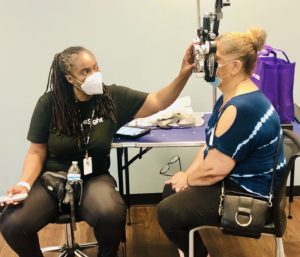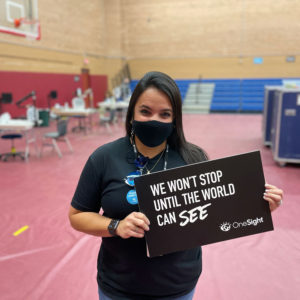Global Health Inequity and the Vision Care Crisis

However, in spite of this expansion in awareness, many people still don’t realize the extent of the global health crisis. One of the most often-overlooked aspects of global health inequity is the significant discrepancy in the availability of eye health and vision care services to some populations. In particular, the vision care crisis tends to disproportionately affect women, people in low- and middle-income countries, and ethnic minorities. As a result, people who fall into these groups tend to experience treatable vision impairment and blindness at much higher rates.
Understanding the Vision Global Health Crisis
To help you grasp the scope of the vision care crisis, consider the following results of a review conducted by Deloitte and OneSight:
- A total of 1.1 billion people (or 1 out of every 7 individuals) in the world lack access to glasses needed to correct their vision.
- The vision care crisis is most severely felt in Sub-Saharan Africa and Southeast Asia, where up to 44% of the population may experience treatable vision impairment.
- The vision care crisis affects everyone, from young children to elderly adults.

Lack of access to vision care is not merely an inconvenience. For the people affected, this inequity has consequences for their personal lives, professional and educational opportunities, and their overall well-being.
Nor are the effects of the vision care crisis limited to the people who do not have access to eye health care. A commission conducted by the Lancet estimated that in 2020, over $410 billion in economic productivity was lost as a result of vision impairment. In working toward vision equity, we’re not just giving glasses to the people who need them most—we’re creating a better, more productive world for everyone.
OneSight is on a mission to help the world see better by bringing affordable vision care to those who need it most. Since 1988, we’ve served over 52 million people worldwide by providing glasses, eye exams, and establishing permanent vision centers that provide ongoing access to vision care. Our strategy is focused on both meeting immediate needs and establishing long-term solutions, and involves a combination of charitable clinics and sustainable vision centers. Contact us for more information about how you can make a difference in ending the vision care crisis, or consider donating to support our work.